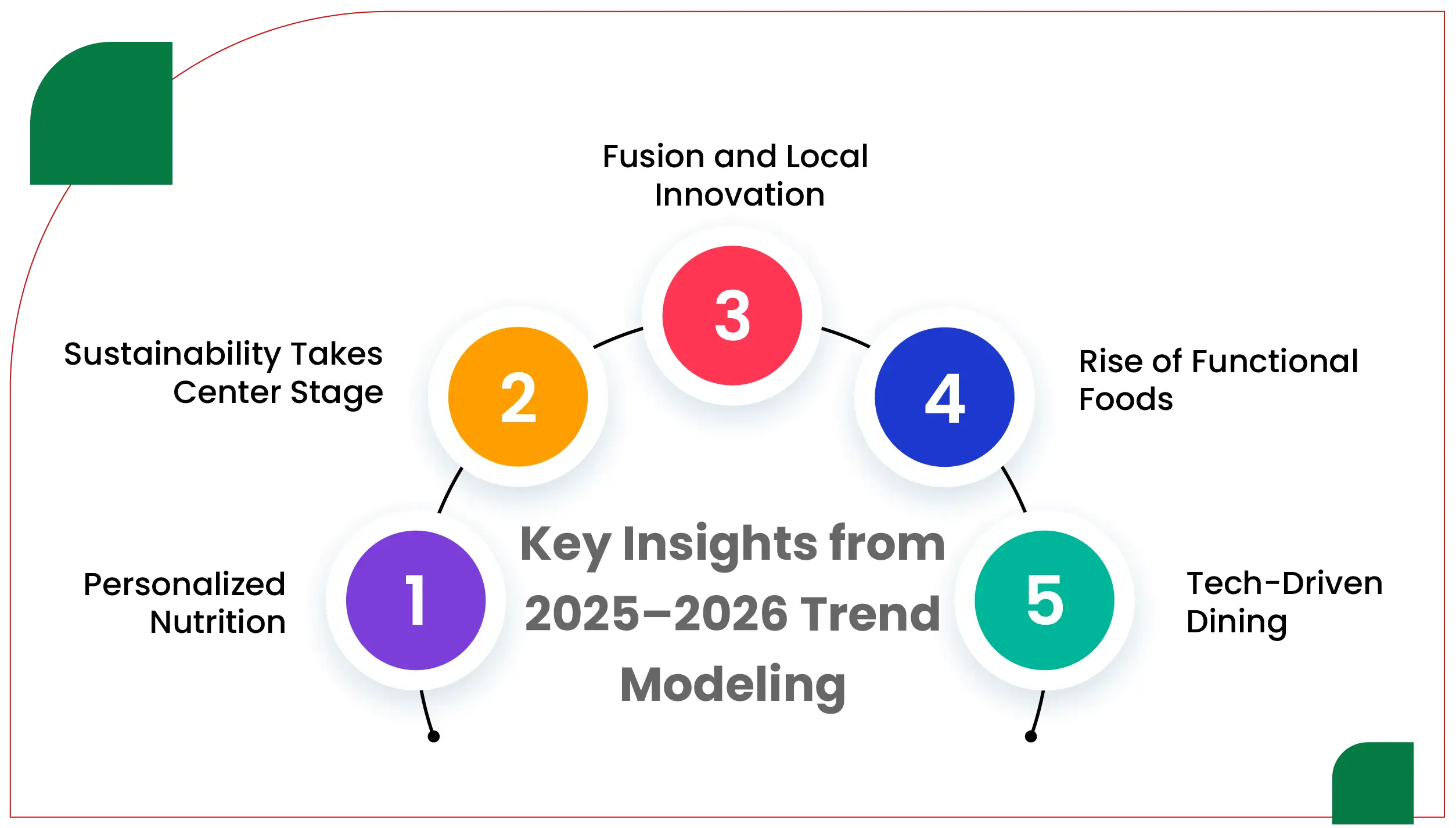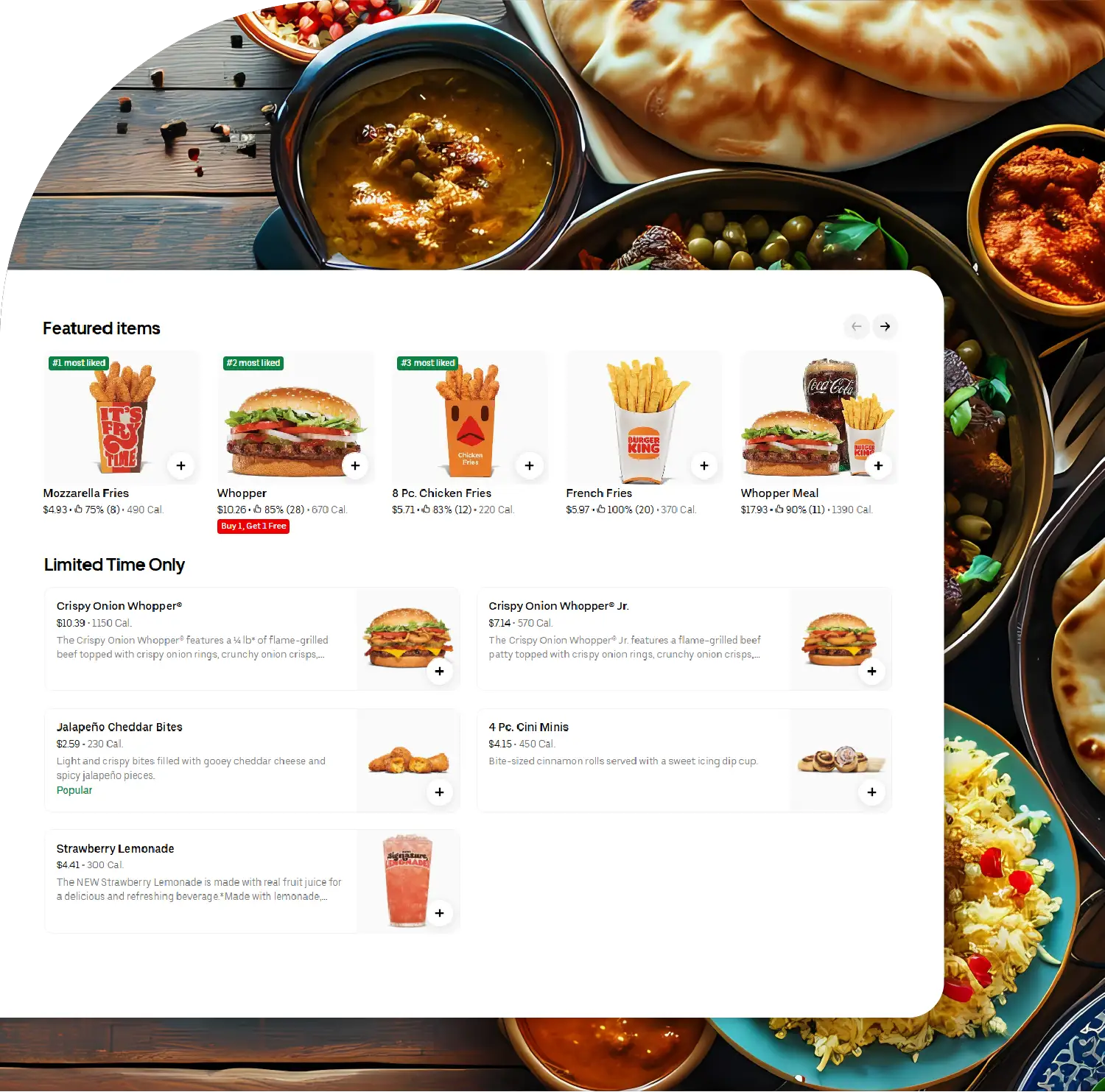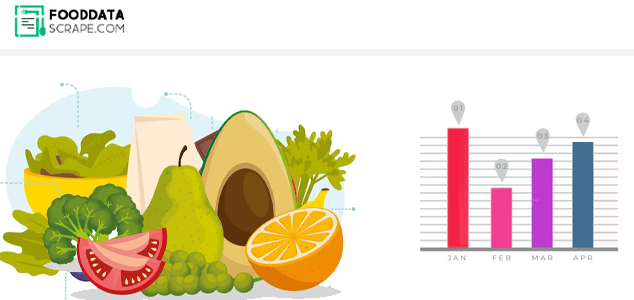Introduction
In the evolving global food landscape, data-driven insights are shaping the way restaurants, delivery platforms, and retailers adapt to emerging consumer behaviors. Businesses are increasingly relying on real-time and historical datasets to forecast what the future of dining, delivery, and food innovation will look like. To Predict 2026 Food Trends Using Web Scraped Food Datasets, organizations need to leverage large-scale web scraping frameworks that capture data from delivery apps, restaurant menus, social media food trends, and online grocery marketplaces.
With the help of Web Scraping Food Industry Data for 2026 Forecast, companies can access millions of data points on cuisines, dietary preferences, pricing, and food availability patterns. These insights reveal how technology, health consciousness, and sustainability will redefine consumer expectations by 2026. For instance, the shift toward plant-based alternatives, low-sugar beverages, and fusion cuisines is expected to accelerate as global consumers demand innovation and convenience.
By deploying specialized scraping tools to Extract Food Trends Data for 2026 Prediction, data scientists and analysts can decode the next wave of popular foods, ingredients, and delivery models. These predictions enable restaurants, aggregators, and suppliers to prepare for future demand with greater precision.
The Role of Web Scraping in Predicting Food Trends
Web scraping helps collect structured data from food delivery apps, restaurant menus, review sites, and social media. This approach uncovers valuable insights about consumer preferences, pricing elasticity, and emerging cuisines. Using these datasets, analysts can Scrape Food Industry Data for 2026 Forecast and anticipate the evolving direction of global and local food markets.
Below is an illustrative dataset showing the projected growth of major food categories in India, Singapore, and the UAE based on scraping results and trend modeling:
| Food Category |
2023 Popularity (%) |
2026 Projected Popularity (%) |
Growth Rate (%) |
| Plant-based Meals |
32 |
48 |
+50 |
| Functional Beverages |
15 |
28 |
+86 |
| Sustainable Seafood |
20 |
34 |
+70 |
| Comfort Food Fusion |
25 |
33 |
+32 |
| Health-focused Desserts |
10 |
22 |
+120 |
This dataset suggests that health-focused and sustainability-driven categories will dominate menus by 2026. The rise in functional and plant-based foods reflects the growing alignment between lifestyle choices and food innovation.
Harnessing the Power of Food Data Analytics
The integration of Food Datasets for 2026 Trend Forecast allows businesses to conduct predictive analytics, sentiment analysis, and price forecasting. For example, web scraping can collect millions of menu items, ingredient lists, and delivery prices from top platforms like Swiggy, Zomato, Deliveroo, Uber Eats, and Foodpanda.
By analyzing this information, food brands and restaurants can uncover:
- Shifting consumer interest toward specific cuisines (e.g., Korean BBQ, Mediterranean, or Thai fusion).
- Seasonal trends in delivery frequency and pricing.
- Regional differences in food preferences across urban and semi-urban markets.
Machine learning models trained on scraped datasets predict not only what consumers will order but also how delivery preferences will evolve — from 30-minute deliveries to curated meal subscription models.
Key Insights from 2025–2026 Trend Modeling

Using Web Scraping Food Industry Data for 2026 Insights, several key takeaways emerge from analyzing food data across international markets:
- Personalized Nutrition: Consumers are seeking hyper-personalized diet options tailored to allergies, fitness goals, or ethical choices. Apps integrating nutrition-based AI models will gain popularity.
- Sustainability Takes Center Stage: There will be a surge in carbon labeling, traceable ingredients, and biodegradable packaging in restaurant delivery ecosystems.
- Fusion and Local Innovation: Local ingredients paired with international techniques will drive menu innovation. India’s street food fusion and Middle Eastern-Asian blends will trend globally.
- Rise of Functional Foods: Probiotic, adaptogenic, and vitamin-enriched foods will become mainstream across grocery and restaurant sectors.
- Tech-Driven Dining: Predictive algorithms will enable personalized menu recommendations powered by Food Delivery Data Scraping Services and AI-based analytics dashboards.
Real-Time Data Monitoring and Menu Analysis
Continuous Restaurant Menu Data Scraping provides detailed insights into price fluctuations, newly added dishes, and ingredient sourcing changes. Real-time scraping of menus from delivery platforms allows businesses to:
- Benchmark menu performance.
- Track competitor innovation.
- Identify gaps in category offerings.
The table below showcases a sample of top trending ingredients expected to rise by 2026, based on current data scraping patterns:
| Ingredient/Category |
Emerging in 2024 |
Mainstream by 2026 |
Expected Growth (%) |
| Chickpea Protein |
Yes |
Yes |
150 |
| Seaweed-based Snacks |
No |
Yes |
120 |
| Mushroom Coffee |
Yes |
Yes |
180 |
| Fermented Hot Sauces |
Yes |
Yes |
90 |
| Millet-based Pasta |
No |
Yes |
160 |
These findings are derived through pattern recognition on scraped datasets, revealing clear shifts toward health-oriented, plant-derived, and innovative food alternatives.
APIs and Automation in Food Trend Forecasting
The automation of data collection through Food Delivery Scraping API Services simplifies access to real-time market intelligence. APIs can gather structured data like product listings, pricing, and delivery times from hundreds of sources simultaneously. This makes it possible to forecast demand changes within specific regions, product types, or dietary categories.
Companies using Restaurant Data Intelligence Services can analyze daily menu updates, identify promotions, and assess the impact of customer feedback. With these capabilities, organizations can make faster and more informed decisions regarding product launches, pricing revisions, and brand positioning.
Furthermore, integrating API-driven scraping pipelines helps enterprises transition from reactive analysis to proactive planning. Predictive models built using scraped data provide actionable insights that shape future strategies across marketing, procurement, and operations.
The Future of Data-Driven Food Innovation
By 2026, the line between food delivery, grocery commerce, and wellness will blur. Brands that actively invest in web scraping infrastructure will lead the innovation race. Insights generated through automated data collection will guide everything from menu engineering to supply chain optimization.
Emerging technologies like computer vision, sentiment analysis, and real-time scraping automation will make food data richer and more actionable. Predictive dashboards will forecast not only what people will eat but why they choose certain products, providing a holistic view of consumer psychology.
Conclusion
The next frontier of food innovation will be shaped by how well businesses can utilize data intelligence to anticipate evolving preferences. As web scraping becomes more sophisticated, companies will no longer rely on guesswork but on verifiable, structured insights from digital ecosystems.
To remain competitive in this era, investing in Food delivery Intelligence services will be crucial for brands aiming to gain real-time market insights and predict emerging food trends effectively.
By adopting an advanced Food Price Dashboard, businesses can monitor pricing shifts, analyze competitor strategies, and make data-backed decisions that strengthen their market position.
Leveraging comprehensive Food Delivery Datasets allows organizations to uncover evolving consumer preferences, optimize menu offerings, and plan more efficiently for future demand in the fast-changing 2026 food landscape.
If you are seeking for a reliable data scraping services, Food Data Scrape is at your service. We hold prominence in Food Data Aggregator and Mobile Restaurant App Scraping with impeccable data analysis for strategic decision-making.


























































































